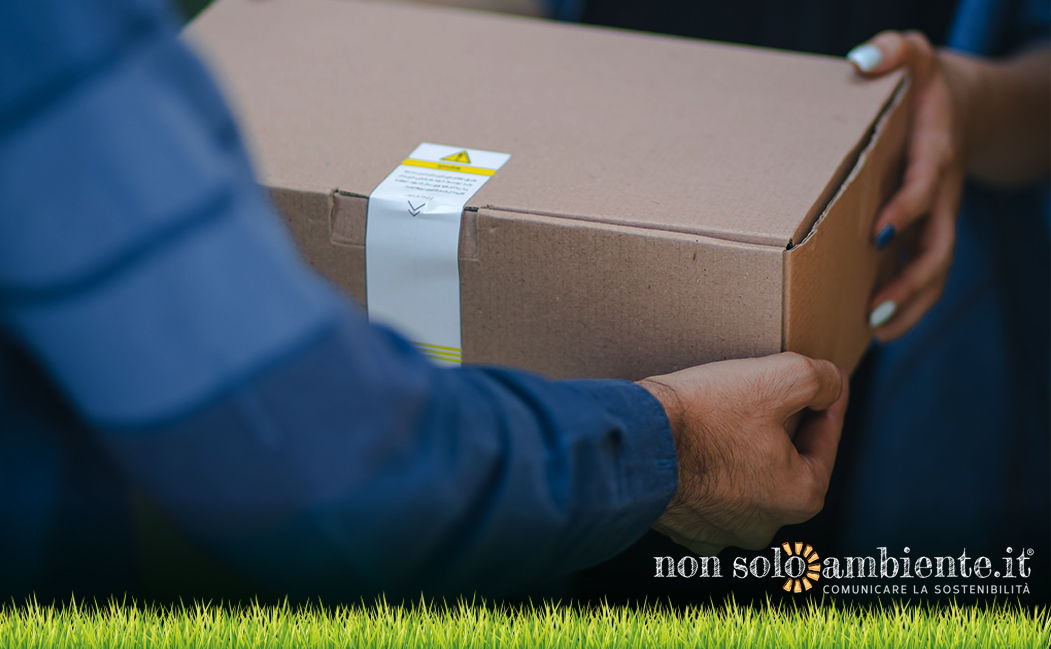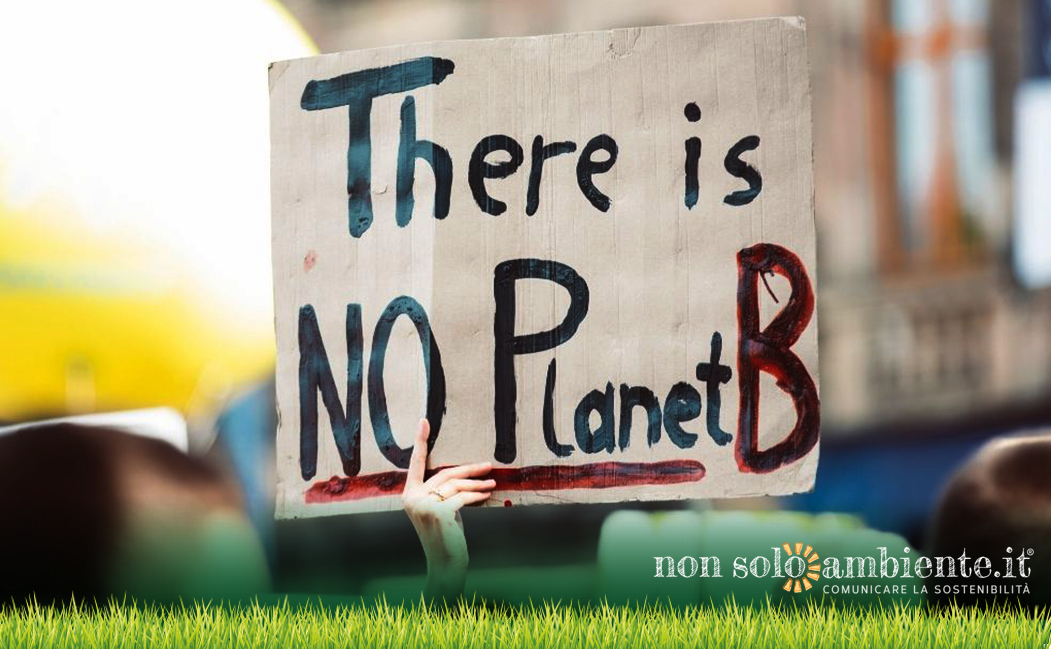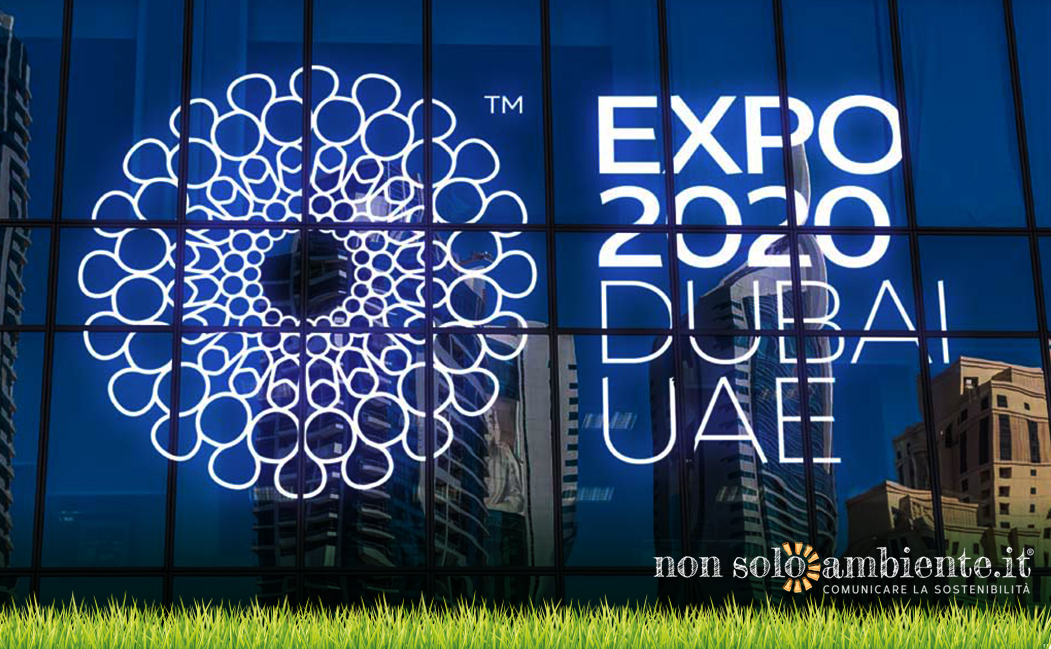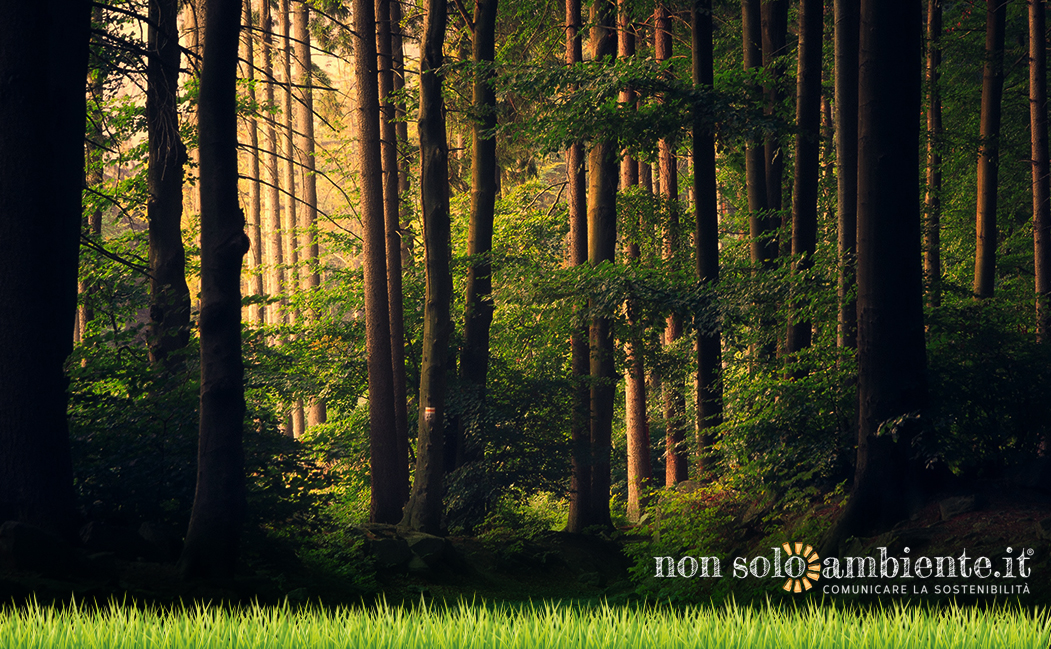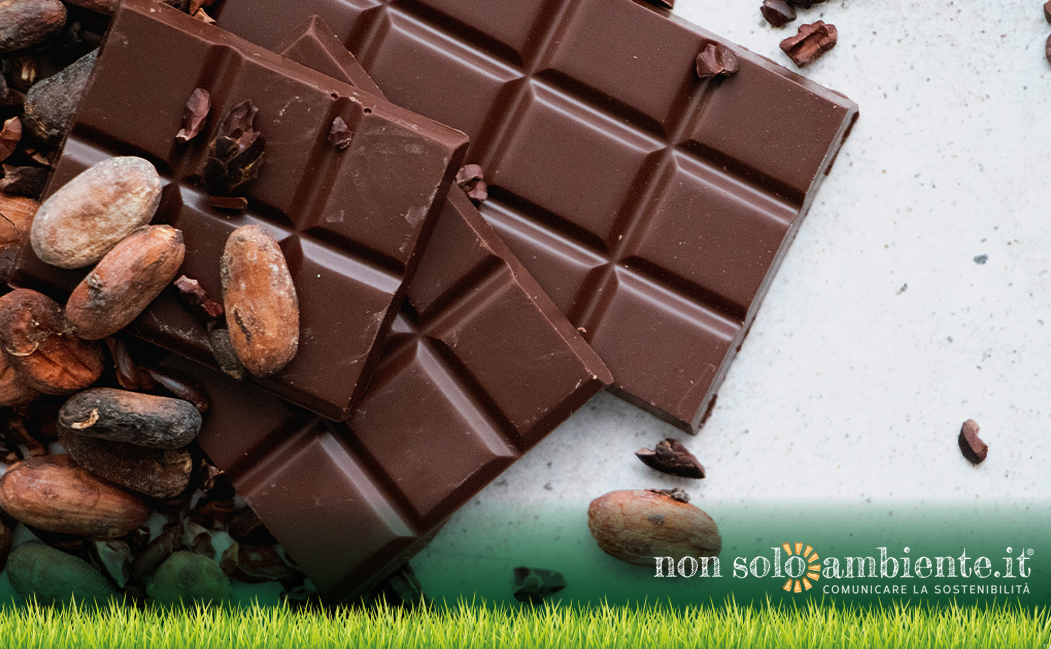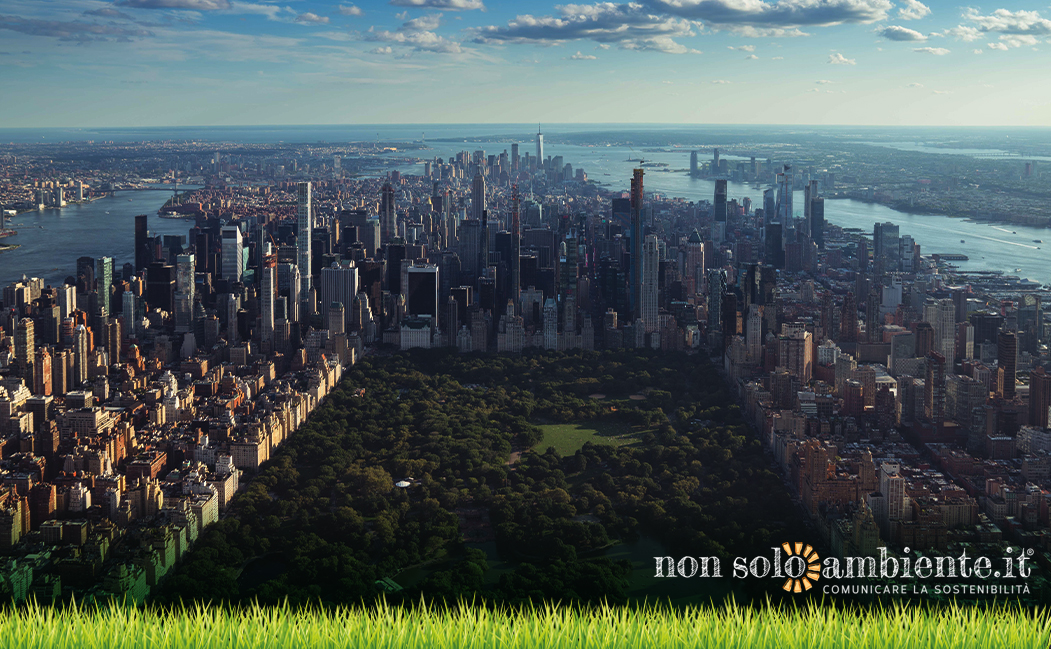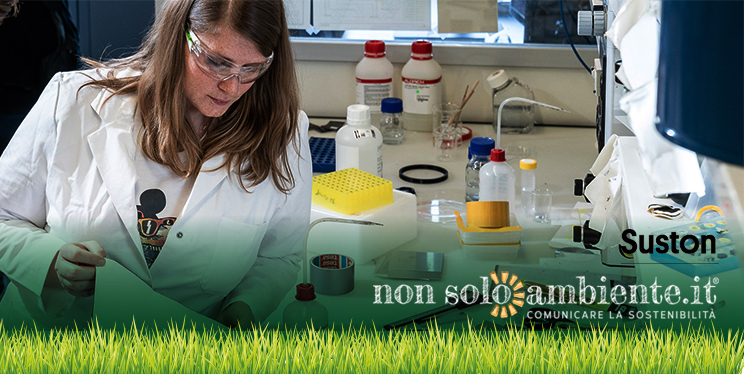
Ultime Notizie

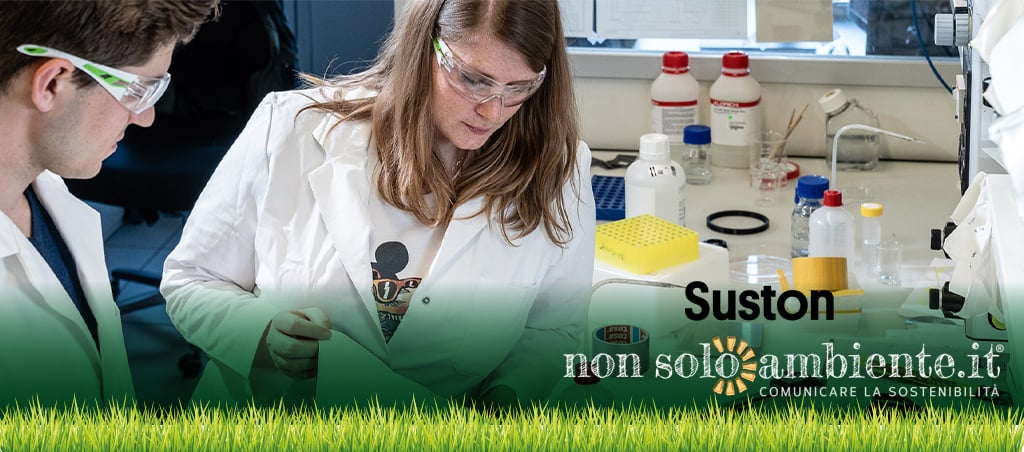 Photo: Indiegogo/Dimpora
Photo: Indiegogo/Dimpora
Is there a solution to the waterproof vs. breathable membrane dilemma that is also sustainable? Mario Stucki and Anna Beltzung, the brains behind the award-winning Sane Membrane, respond with an emphatic “Yes!”
When the Swiss duo Drs. Mario Stucki and Anna Beltzung applied for the H&M Foundation’s Global Change Award, they didn’t expect to make the top 20, let alone the top five who would get to split the 1 million Euro grant.
Dubbed the Nobel Prize for Fashion, the award has been identifying, supporting and scaling up fashion-related circular innovations in the early stages of development since 2015. It currently receives over 14,000 applications from 182 countries every year. “When they called, we thought they might be trying to be nice and to gently tell us we didn’t win,” Stucki said. Instead, he and Beltzung learned their new waterproof membrane technology had placed second, earning them $250,000 Euros and the publicity they needed to start turning their product into a vehicle for change within the outdoor industry.
The search for a new membrane
In 2017, Greenpeace released a report revealing that the toxic polyfluorinated chemicals (PFCs) used to create waterproof membranes in rain jackets had been accumulating in the environment without degrading for the 50-plus years they’d been in use. At the time of the report, Stucki, a longtime hiker and skier, was working on his chemical engineering master’s degree in a lab that specialized in membrane technology. He realized he was uniquely positioned to help find a solution. So he called Anna Beltzung, a fellow outdoor enthusiast and student he’d come to know through group projects and shared classes. Together, they founded a new membrane technology company: Dimpora.
The perfect combination
Many outdoor industry brands have been trying to develop sustainable membranes for years, but they usually bump into the same dilemma: “Other PFC-free membranes are usually either breathable or waterproof,” Beltzung says. “Our membrane combines both.” Backed by six years of foundational research, the Dimpora membrane’s manufacturing process eschews harmful chemicals. Instead, Mario and Anna first coat tiny particles of calcium carbonate—essentially chalk dust—in a water-repellant substance. Then, they pour polyurethane (PU), a non-toxic and durable polymer, over those particles in thin sheets. When the chalk dust dissolves, it leaves its coatings in place as tiny, three-dimensional pores, which let sweat vapor escape through the PU membrane.
A new dream
Before the win, Stucki and Beltzung hadn’t realized just how many companies had been clamoring for a sustainable membrane solution and say that they’ve been overwhelmed by the international attention they’ve received: “It’s really been a kick for our motivation to get our product to market faster,” Beltzung says. They’re currently in talks with several outdoor companies and are also moving forward with developing a biodegradable replacement for PU.
In the beginning, when Stucki and Beltzung imagined success, they imagined going hiking and spotting strangers wearing Dimpora rain jackets.
Now, they’re thinking bigger, dreaming not only of success for Dimpora, but for the entire outdoor industry: “I want to see a global shift from single-use products to a circular use cycle,” Stucki says. “And I want Dimpora to be an integral part of this shift.”
Author: Corey Buhay
Published on 
Tags:
Potrebbero interessarti ...
Snam’s commitment to sustainability at Dubai Expo 2020
13 Ottobre 2021No more chocolate by 2050 because of extreme droughts effects
22 Settembre 2021How much CO₂ do urban forests absorb?
15 Settembre 2021Iscriviti alla nostra Newsletter!
Sei un sostenitore dell'ambiente in tutte le sue forme? Allora sei nel posto giusto!
Iscriviti subito!